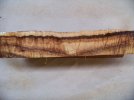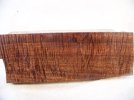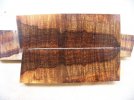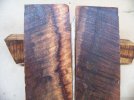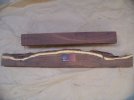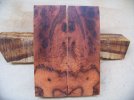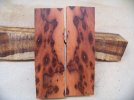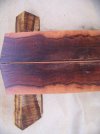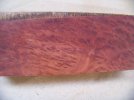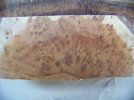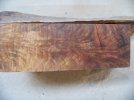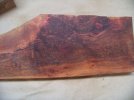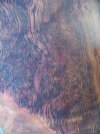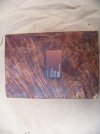timcsaw
Gold Member
- Joined
- Sep 25, 2007
- Messages
- 21,442
I like them all.
The (middle) Ringed Gidgee looks rather "ordinary", but it does look a lot like Acacia, and when finished, Acacia is one of the most beautiful woods I've ever seen. Something about it's depth and color variations I think. Personally, I really like Acacia, and the Gidgee looks like it would be similar but harder (if it's as hard as Ironwood). Does the Gidgee have the same sort of natural oils found in Ironwood? I find no need to put a finish on Ironwood. After hitting it with the buffer, it glows naturally. I wonder if the Gidgee would do the same?
The (middle) Ringed Gidgee looks rather "ordinary", but it does look a lot like Acacia, and when finished, Acacia is one of the most beautiful woods I've ever seen. Something about it's depth and color variations I think. Personally, I really like Acacia, and the Gidgee looks like it would be similar but harder (if it's as hard as Ironwood). Does the Gidgee have the same sort of natural oils found in Ironwood? I find no need to put a finish on Ironwood. After hitting it with the buffer, it glows naturally. I wonder if the Gidgee would do the same?

